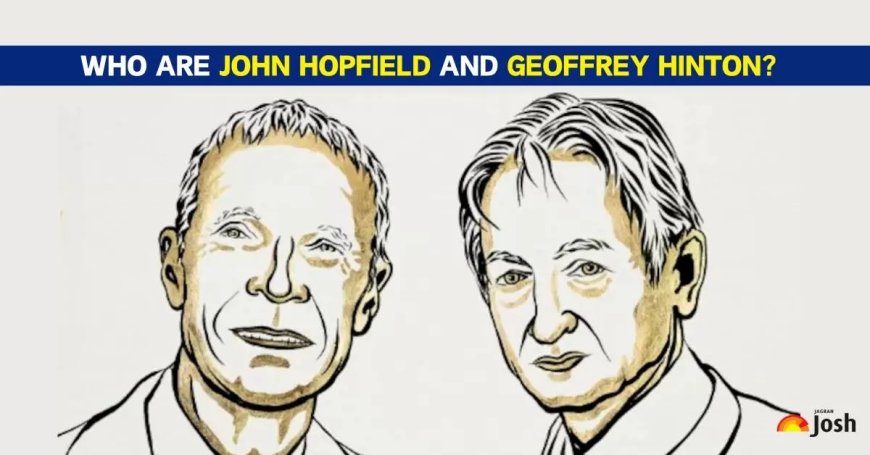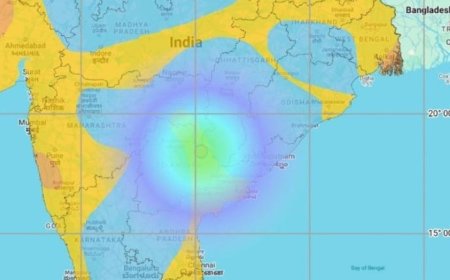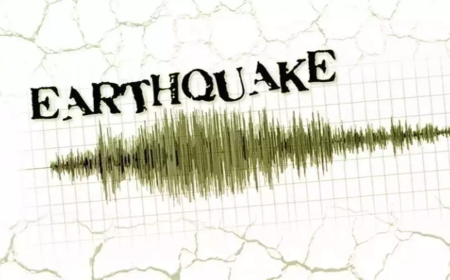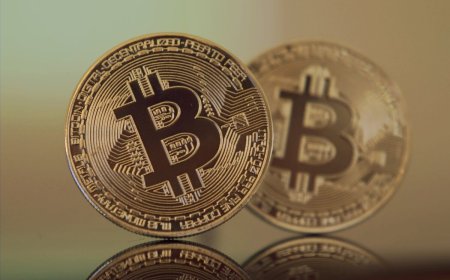Fascinating Insights on John Hopfield and Geoffrey Hinton: The Nobel Prize Physics 2024 Laureates
Discover intriguing facts about John Hopfield and Geoffrey Hinton, the brilliant minds behind the groundbreaking work that earned them the Nobel Prize in Physics 2024. Learn more about their contributions to the field, their revolutionary research in artificial intelligence and neural networks, and how their discoveries have transformed scientific understanding.

Fascinating Insights on John Hopfield and Geoffrey Hinton: The Nobel Prize Physics 2024 Laureates
The Nobel Prize in Physics for 2024 has been awarded to two iconic figures whose work has had a profound impact on the fields of artificial intelligence (AI) and computational neuroscience—John Hopfield and Geoffrey Hinton. Their combined efforts and pioneering research in neural networks and machine learning have reshaped the way we understand not just AI but also the fundamental processes of the human brain.
In this article, we will explore some fascinating facts about these two influential scientists, their groundbreaking work, and how they earned the prestigious Nobel Prize in Physics.
1. Who is John Hopfield?
John Hopfield is a theoretical physicist and neuroscientist, best known for his contribution to the development of the "Hopfield network." This model of neural networks was instrumental in bridging the gap between physics, biology, and artificial intelligence.
-
Key Contributions:
In 1982, Hopfield proposed a model of associative memory that used interconnected neurons to store patterns. This "Hopfield network" played a vital role in showing how a system could recall information using incomplete inputs, mimicking human memory. -
Hopfield’s Influence in Physics and Neuroscience:
His work connected physics, particularly statistical mechanics, with neuroscience, opening up new avenues for understanding how the brain processes information. This interdisciplinary approach allowed him to develop models that have inspired further research in computational neuroscience. -
Impact on AI:
The Hopfield network became one of the foundational models in machine learning and continues to influence modern deep learning techniques. His work showed that physical systems could perform computational tasks, an idea that transformed both fields of physics and artificial intelligence.
2. Who is Geoffrey Hinton?
Geoffrey Hinton, often referred to as the "Godfather of Deep Learning," is a cognitive psychologist and computer scientist whose research laid the groundwork for modern AI. He is most famous for his work in developing backpropagation, a key algorithm used in training neural networks.
-
Key Contributions:
Hinton's development of the backpropagation algorithm in the 1980s revolutionized the training process of neural networks. By optimizing how these networks learn from data, he opened the doors for the deep learning revolution that now powers technologies like image recognition, natural language processing, and autonomous systems. -
Hinton’s Influence in Machine Learning:
His early work on "Boltzmann machines" and other deep neural networks gave rise to what we now recognize as modern AI. Hinton has been instrumental in advancing machine learning research, and many of today’s AI technologies are built upon the models he introduced. -
The Neural Networks Renaissance:
Hinton’s research was key in reviving interest in neural networks in the 2000s after a period of skepticism in the 1990s. Today, his work influences everything from self-driving cars to voice-activated assistants, cementing his place as one of the most influential AI researchers of our time.
3. Why Were They Awarded the Nobel Prize in Physics?
The Nobel Committee awarded the Physics Prize to Hopfield and Hinton for their pioneering contributions to artificial intelligence and neural networks, which have advanced both scientific understanding and technological applications. Their research has fundamentally changed the way we think about intelligence—both natural and artificial.
-
Hopfield's Physics-Based Approach to Neural Networks:
Hopfield’s use of physics principles in developing neural networks revolutionized the scientific community’s understanding of information processing in both machines and the brain. His work laid the foundation for neural network theory and the interdisciplinary field of computational neuroscience. -
Hinton's Breakthrough in Deep Learning:
Hinton’s breakthroughs in deep learning through backpropagation have had a monumental impact on the development of AI technologies. His research paved the way for innovations in areas such as computer vision, speech recognition, and even medical diagnostics. -
Bridging Disciplines:
Both scientists have made significant strides in bridging disciplines—Hopfield between physics and neuroscience, and Hinton between cognitive psychology and AI. Their work shows the power of interdisciplinary research and its potential to transform entire fields.
4. Interesting Facts About John Hopfield and Geoffrey Hinton
-
John Hopfield’s Unique Journey:
Interestingly, Hopfield began his academic journey in solid-state physics before turning to neuroscience. His wide-ranging interests and interdisciplinary approach allowed him to contribute meaningfully to both fields. Today, his name is synonymous with neural networks and associative memory. -
Geoffrey Hinton’s Academic Family:
Hinton comes from a family of intellectuals. His great-great-grandfather, George Boole, invented Boolean algebra—a foundational system used in modern computing. Hinton himself has been a mentor to many leading figures in AI, including Yann LeCun and Ilya Sutskever, who have gone on to develop key advancements in the field. -
Hopfield’s Model Still in Use:
The Hopfield network, despite being developed in the early 1980s, is still widely used today. Its applications range from solving optimization problems to providing insights into how human memory works, making it one of the most enduring models in computational neuroscience. -
Hinton’s Refusal to Patent Backpropagation:
Despite the immense commercial potential of his work, Hinton chose not to patent backpropagation, believing that scientific progress should benefit everyone. This decision helped accelerate research and development in AI, leading to the technology's widespread adoption.
5. How Their Work Impacts Modern AI and Science
-
Neural Networks and Deep Learning:
The neural networks first proposed by Hopfield and refined by Hinton are at the core of today’s AI systems. From self-driving cars to facial recognition technology, their work is directly responsible for many of the AI applications that have become part of everyday life. -
Bridging Human and Machine Intelligence:
Their contributions have not only advanced machine intelligence but also provided key insights into how the human brain processes information. This crossover between human and machine intelligence continues to inspire research in both AI and neuroscience. -
The Future of AI:
With the rise of more sophisticated AI models, including generative AI and transformers, the foundational work of Hopfield and Hinton remains relevant. Future advancements in AI will continue to build on the principles they established, ensuring their lasting legacy in the field.
6. Final Thoughts: A Well-Deserved Nobel Prize
John Hopfield and Geoffrey Hinton’s contributions to science and technology cannot be overstated. Their groundbreaking research in neural networks and artificial intelligence has transformed our understanding of both natural and machine intelligence. The 2024 Nobel Prize in Physics is a fitting recognition of their immense impact on both scientific theory and practical applications.
As we look to the future, their work will continue to shape the development of AI technologies, influencing everything from healthcare to autonomous systems. Hopfield and Hinton’s legacy as pioneers of modern science is assured, and their discoveries will inspire generations of researchers to come.
What's Your Reaction?




























































